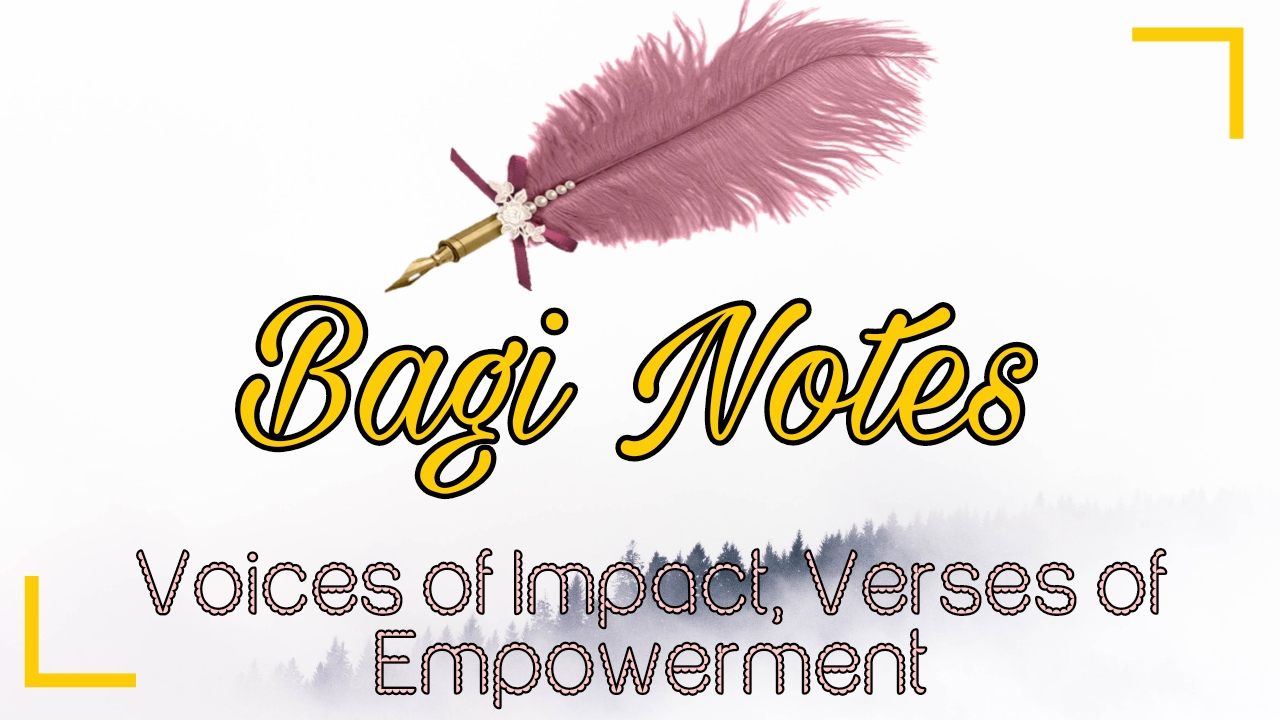International Mother Language Day
International Mother Language Day: Celebrating Linguistic Diversity
International Mother Language Day is observed annually on February 21st to promote linguistic and cultural diversity worldwide. This day holds special significance as it honors the linguistic identity of individuals and communities, emphasizing the importance of preserving and celebrating their mother tongues.
History and Significance: The roots of International Mother Language Day lie in the linguistic and cultural struggles faced by the Bengali-speaking population of Bangladesh in 1952. On this day, they protested against the imposition of Urdu as the sole official language. Tragically, the peaceful demonstration turned deadly as the police opened fire, leading to the loss of lives. In 1999, UNESCO declared February 21st as International Mother Language Day, recognizing the importance of linguistic rights and preserving cultural heritage.
Preserving Linguistic Diversity: This observance serves as a reminder that linguistic diversity is a vital part of human heritage. Languages are not merely a means of communication; they encapsulate a community's history, traditions, and unique perspectives. However, many languages face the risk of extinction, with one language disappearing every two weeks, on average. International Mother Language Day encourages efforts to safeguard endangered languages and promote multilingualism.
Empowering Communities: Languages are essential tools for expressing one's thoughts, emotions, and cultural nuances. Celebrating International Mother Language Day involves empowering communities to take pride in their linguistic identity. It promotes educational programs that prioritize teaching in the mother tongue, ensuring that individuals have a strong foundation in their primary language before learning additional languages.
Promoting Inclusivity: Multilingualism fosters inclusivity and understanding among diverse communities. It breaks down barriers, encourages dialogue, and promotes tolerance. International Mother Language Day prompts nations and educational institutions to adopt policies that respect linguistic diversity, creating an environment where all languages are valued equally.
Technological Challenges: In the age of globalization, technology plays a crucial role in connecting people across borders. However, it also poses challenges to smaller languages, as dominant languages often dominate the digital landscape. Efforts are needed to ensure that technology supports linguistic diversity, allowing for the digital representation and preservation of various languages.
Individual Contributions: On this day, individuals can contribute by celebrating their mother language, sharing stories, and promoting awareness about linguistic diversity. Learning and appreciating other languages can be a powerful way to foster unity and understanding in our interconnected world.
Conclusion: International Mother Language Day is a call to action to recognize, celebrate, and preserve the rich tapestry of languages that make up our global community. It reminds us that linguistic diversity is a source of strength, not division, and that every language deserves to be heard and preserved for future generations. As we commemorate this day, let us commit to embracing the beauty of languages and working towards a world where all voices are heard and valued.

Comments
Post a Comment